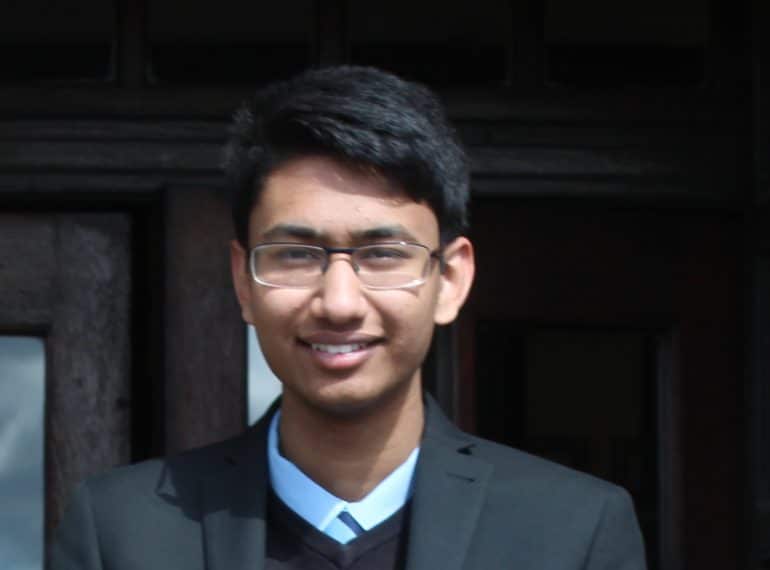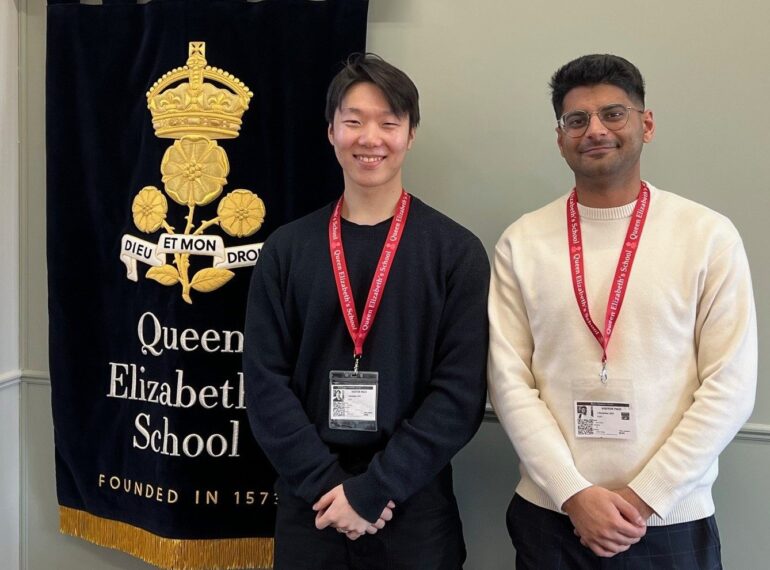
Two Old Elizabethan medics are working with the School to trial an innovative education app that uses AI to support both pupils and their teachers.
QE contemporaries Kavi Samra and Paul Jung (both 2008–2015) have developed Medly AI to help pupils from backgrounds like theirs who may not have access to all the educational resources available to others.
 They only started working on the business in August, yet already it has won funding and been accepted into Microsoft’s start-up programme.
They only started working on the business in August, yet already it has won funding and been accepted into Microsoft’s start-up programme.
Headmaster Neil Enright said: “We are very pleased to be working with Kavi and Paul as they develop this exciting venture that is showing great potential to support our boys, and other young people, with their consolidation and revision.”
After approaching the School about trialling the app with QE pupils, the pair had a meeting with the Headmaster and with Gillian Ridge and Amy Irvine, Heads of Biology and Chemistry respectively, in which they demonstrated the platform and introduced its teacher mode. “This is where teachers are able to set questions (from a large database, or their own custom questions) to their respective classes for homework, or in a test format,” said Kavi.
Medley AI can then:
- Understand the questions
- Work out how they fit into the curriculum of the subject
- Assign them to a specification point
- Mark the students’ answers.
“From here, the teacher can get in-depth statistical insights into each student’s weak topics, topic by topic and class by class. This then enables them to customise their classroom teaching according to class-wide weak topics and, of course, saves an incredible amount of time in terms of marking student work.
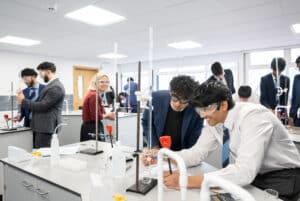 “Both Dr Irvine and Dr Ridge seemed quite impressed and were eager to start using Medly as a resource to save time and understand where their students don’t perform well.”
“Both Dr Irvine and Dr Ridge seemed quite impressed and were eager to start using Medly as a resource to save time and understand where their students don’t perform well.”
‘Onboarding’ for the Year 11 group took place before Christmas, and Paul and Kavi will now be working with the Science department. “This will involve teachers setting homework on the platform and providing feedback on what they’d like to see in our teacher mode to help us improve the platform,” said Kavi. “The students will, of course, have access to our base platform, too, in case they wish to do additional learning or practise questions or exams.”
“We’ve always wanted to try to democratise education,” says Kavi. “Medly AI was born from the vision of making quality education accessible and personalised through the power of AI. Both Paul and I noticed throughout our education how people often had advantages from their socio-economic background in terms of educational resources (e.g personal tuition): both of us come from backgrounds that didn’t allow us access to these resources.
“Recognising the gaps in traditional educational systems due to work pressures on teachers and staffing issues, we saw the potential of AI to fill these gaps and therefore conceptualised a platform that could act as a personal tutor, examiner, and classroom assistant, all integrated into one user-friendly interface.”
Paul is responsible for writing code and working on the technical side of the project, while Kavi takes on operations.
After just two months of development, Microsoft admitted Medly AI to its programme, providing Kavi and Paul with mentoring from a business development manager and meeting the costs of the platform up to £150,000. A month later, the project was also accepted into UCL’s Hatchery start-up accelerator, enabling its professional fees for legal, IP and accounting costs to be funded.
Both Paul and Kavi have deep connections with UCL. Paul holds a PhD in Neuropsychiatry from the university, and has an extensive background in coding and teaching. He included AI in his research, on which he has published and given international presentations. He has returned to his medical degree at UCL and is in his final year, completing his MBBS in August.
Kavi, who currently works as a doctor in anaesthetics, completed his medical degree at UCL in 2021 and is a clinical teacher within its medical school: his approaches to using teaching theory in a digital age earned him an Associate Fellowship of Higher Education Award from UCL and he is also one of the youngest recipients of an honorary fellow contract at UCL.

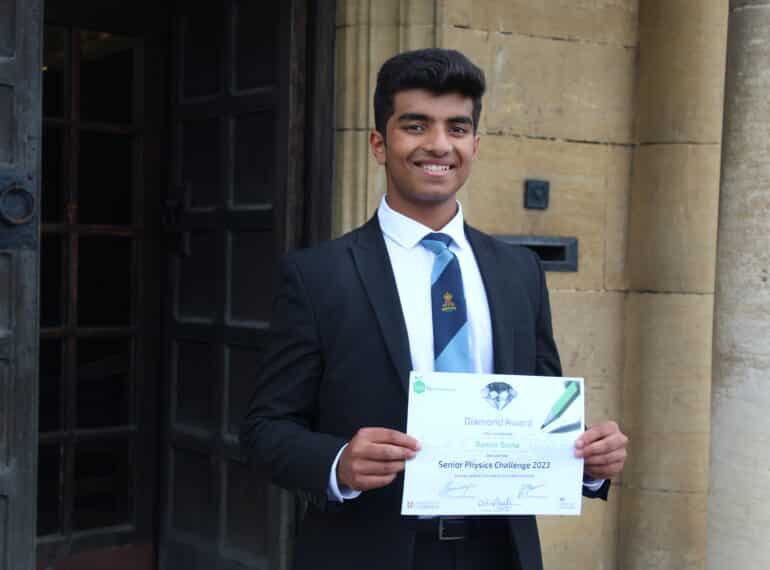
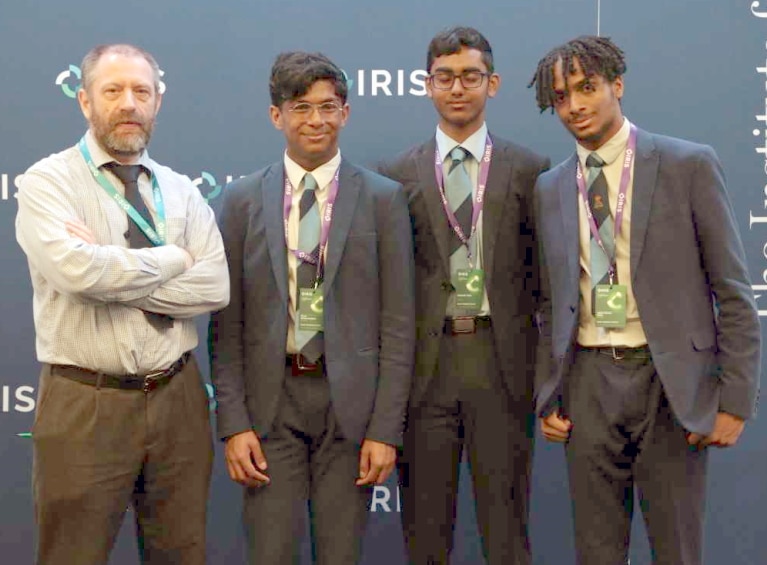
 Mr Brooke, who accompanied them to the conference, said: “Every step of the process was driven by the initiative of the boys, and it was fitting that one of the guests on the Scientist Panel that concluded the event, Dr Harshnira Patani, Senior Scientist Pharmacology at MSD (one of the world’s leading pharmaceutical companies), singled out the boys’ presentation as her highlight of the conference, making particular note of their use of machine learning.”
Mr Brooke, who accompanied them to the conference, said: “Every step of the process was driven by the initiative of the boys, and it was fitting that one of the guests on the Scientist Panel that concluded the event, Dr Harshnira Patani, Senior Scientist Pharmacology at MSD (one of the world’s leading pharmaceutical companies), singled out the boys’ presentation as her highlight of the conference, making particular note of their use of machine learning.”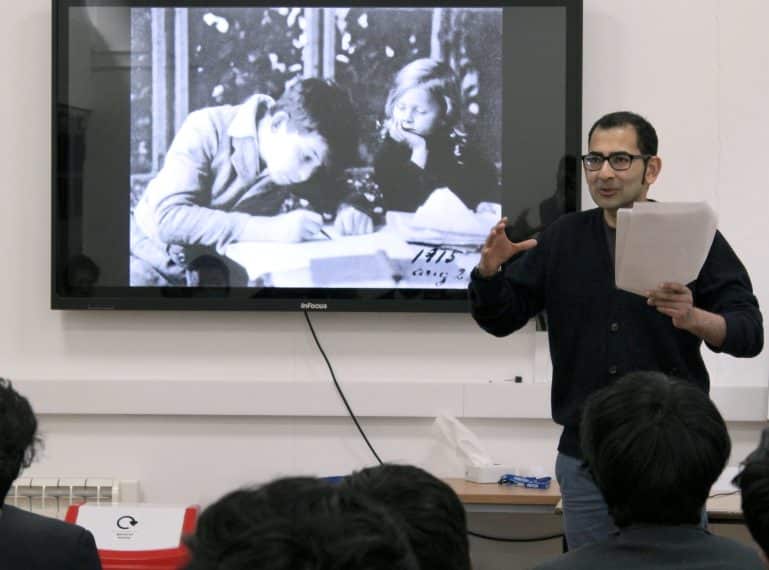
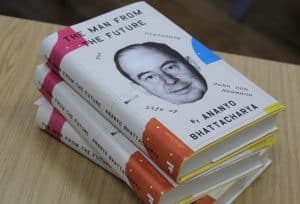 Dr Bhattacharya’s book, entitled The Man from the Future: The Visionary Life of John von Neumann, was named a Financial Times and Times Literary Supplement Book of the Year in 2021.
Dr Bhattacharya’s book, entitled The Man from the Future: The Visionary Life of John von Neumann, was named a Financial Times and Times Literary Supplement Book of the Year in 2021.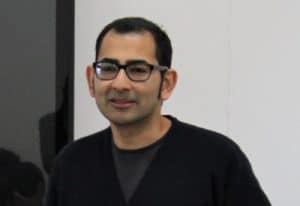 In his talk, Dr Bhattacharya mentioned the Manhattan Project as well as, inter alia, von Neumann’s contributions to set theory, game theory and the development of the first programmable digital computer.
In his talk, Dr Bhattacharya mentioned the Manhattan Project as well as, inter alia, von Neumann’s contributions to set theory, game theory and the development of the first programmable digital computer.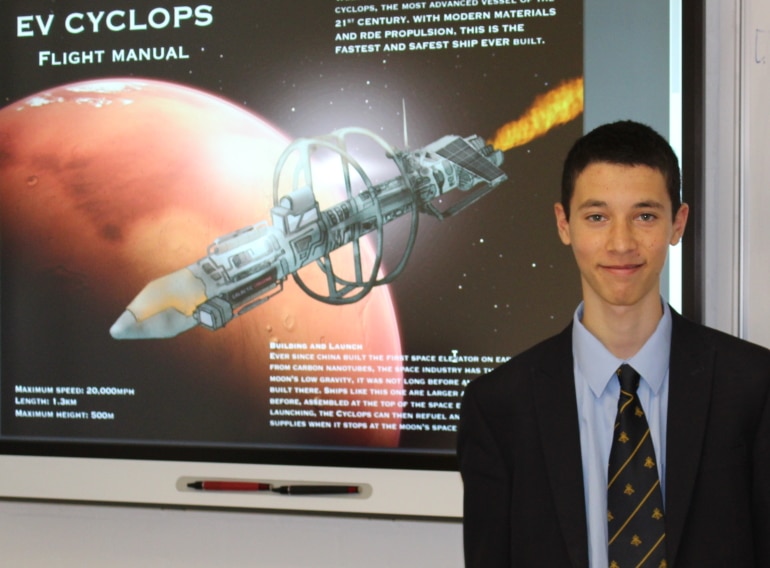
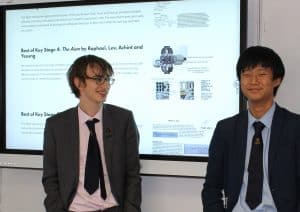 Lev Shafran, Achint Thakkar and Ye-Sung Baek, who are now in Year 12, collectively won the Best of Key Stage 4 Award in the second stage of the
Lev Shafran, Achint Thakkar and Ye-Sung Baek, who are now in Year 12, collectively won the Best of Key Stage 4 Award in the second stage of the 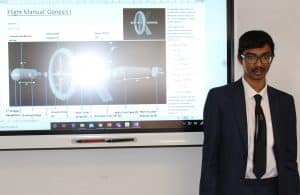 Chair of the Galactic Challenge Aadil Kara, who is also an Old Elizabethan (OE 2010–2017), explained that when Covid-19 forced the cancellation of in-person events, including one due to be held at QE, the organisation had instead launched the digital competition to allow participants to enter from home.
Chair of the Galactic Challenge Aadil Kara, who is also an Old Elizabethan (OE 2010–2017), explained that when Covid-19 forced the cancellation of in-person events, including one due to be held at QE, the organisation had instead launched the digital competition to allow participants to enter from home.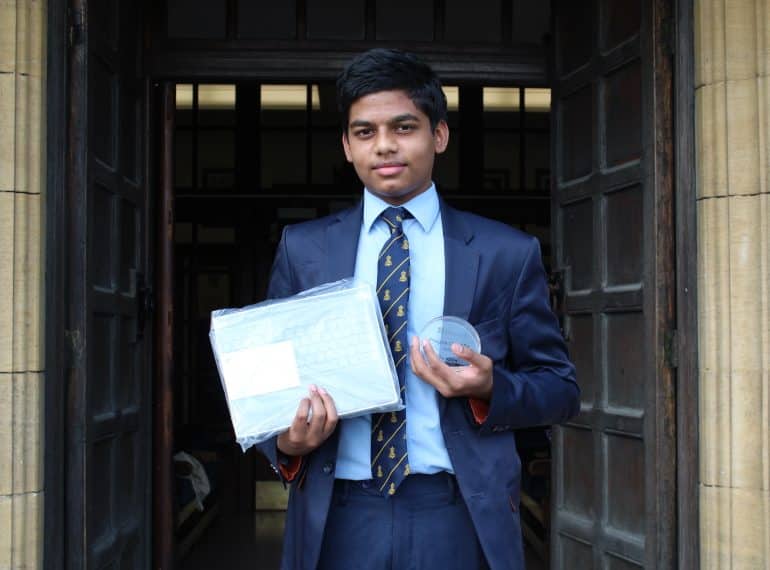
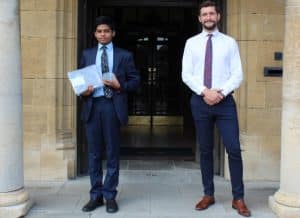 Congratulating him, QE’s Head of Technology Michael Noonan said: “Ashwin is an outstanding Technology student who has had a tremendous year. Despite the challenges of the school closure, or perhaps even taking advantage of them, he threw himself into many competitions using his vast technological experience. He was successful in eight competitions on a local, national and, with his latest win, international level. He should be extremely proud of his achievements this year, and he undoubtedly has a bright future ahead of him!”
Congratulating him, QE’s Head of Technology Michael Noonan said: “Ashwin is an outstanding Technology student who has had a tremendous year. Despite the challenges of the school closure, or perhaps even taking advantage of them, he threw himself into many competitions using his vast technological experience. He was successful in eight competitions on a local, national and, with his latest win, international level. He should be extremely proud of his achievements this year, and he undoubtedly has a bright future ahead of him!”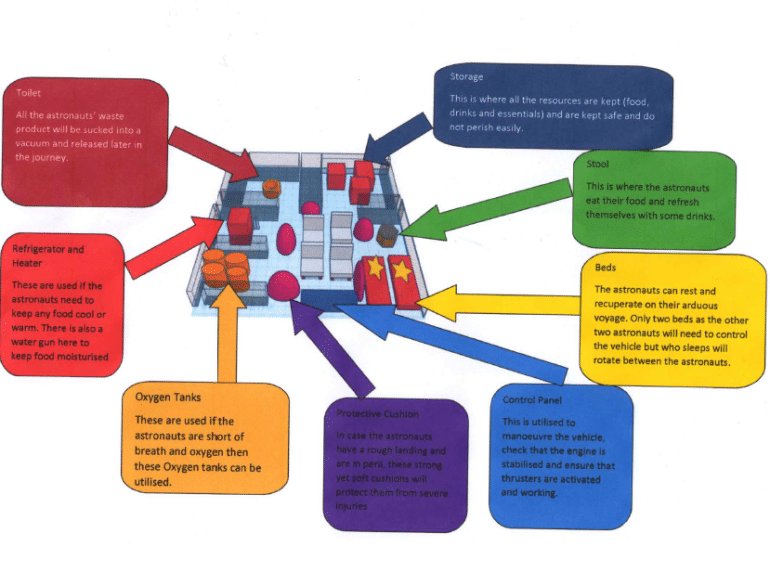
 The team, who are all from the same Year 9 Pearce form group, took the Innovation Award in the Galactic Challenge One Small Step competition with their design for a vehicle to explore the Moon’s surface in 2030 in preparation for establishing a human settlement there.
The team, who are all from the same Year 9 Pearce form group, took the Innovation Award in the Galactic Challenge One Small Step competition with their design for a vehicle to explore the Moon’s surface in 2030 in preparation for establishing a human settlement there.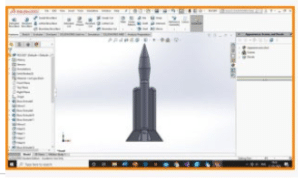 Entrants were asked to produce a design for a vehicle that would be home to four astronauts during a six-month mission, taking into account factors such as how electrical power would be provided and what would be needed to support the astronauts’ living conditions.
Entrants were asked to produce a design for a vehicle that would be home to four astronauts during a six-month mission, taking into account factors such as how electrical power would be provided and what would be needed to support the astronauts’ living conditions.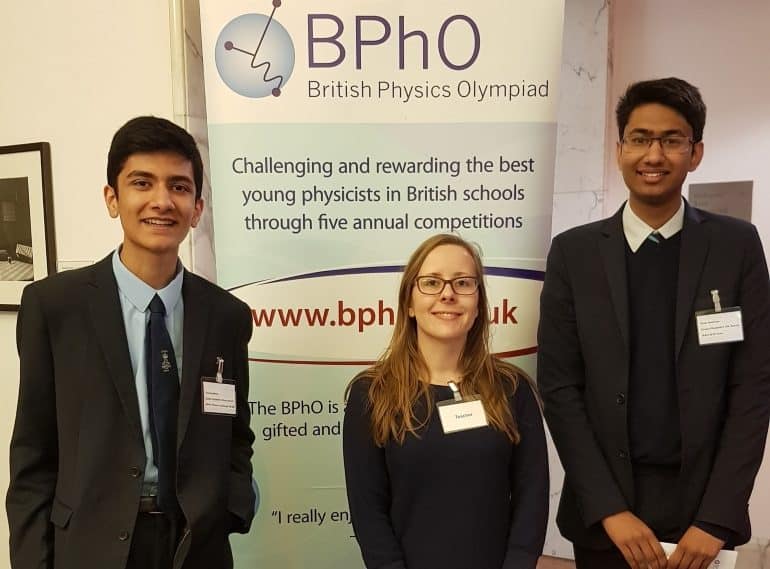
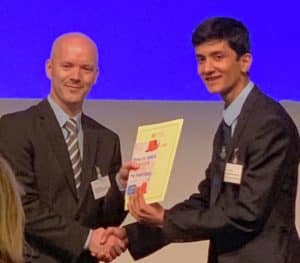 Year 11’s Tanishq Mehta was a gold award-winner in this year’s British Physics Olympiad GCSE Physics Challenge, in which his performance placed him within the top five of some 6,000 competition entrants nationwide.
Year 11’s Tanishq Mehta was a gold award-winner in this year’s British Physics Olympiad GCSE Physics Challenge, in which his performance placed him within the top five of some 6,000 competition entrants nationwide.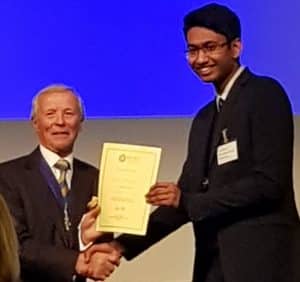 e Olympiad office at Oxford. Only the top five were invited to the prize-giving.
e Olympiad office at Oxford. Only the top five were invited to the prize-giving.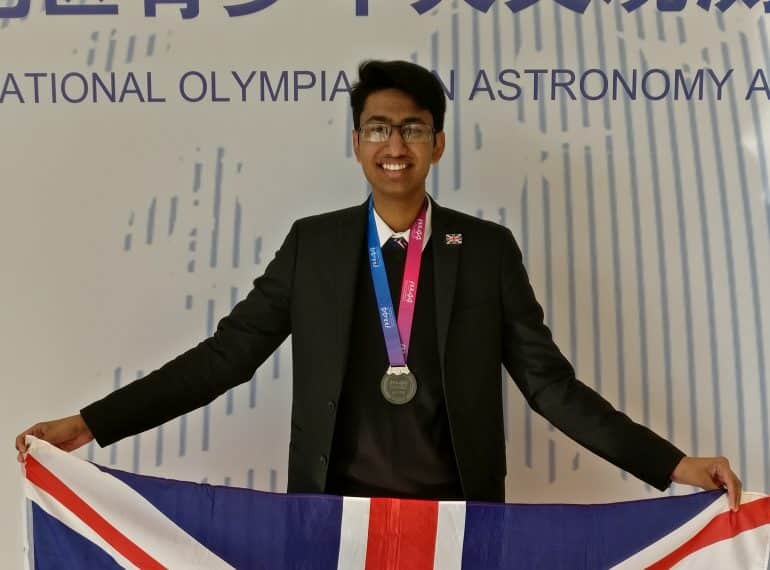
 Headmaster Neil Enright said: “I congratulate Niam on his achievement and on the honour he has brought both to the School and to the country. He combined deep understanding and extensive factual knowledge with profound academic curiosity, thus exemplifying the free-thinking scholarship that we seek to cultivate at QE.
Headmaster Neil Enright said: “I congratulate Niam on his achievement and on the honour he has brought both to the School and to the country. He combined deep understanding and extensive factual knowledge with profound academic curiosity, thus exemplifying the free-thinking scholarship that we seek to cultivate at QE.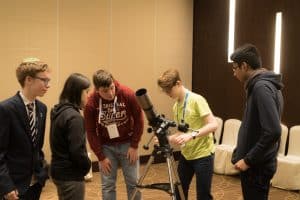 Niam won his place on the five-strong national team after excelling at the British Astronomy & Astrophysics Training Camp at Oxford at Easter. His subsequent training included a spell at Marlborough College’s observatory.
Niam won his place on the five-strong national team after excelling at the British Astronomy & Astrophysics Training Camp at Oxford at Easter. His subsequent training included a spell at Marlborough College’s observatory.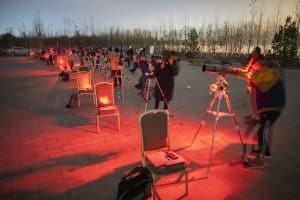 The aspects of the competition itself that stood out most for him were the questions looking into the evolution of the universe and of large-scale structures within it, as well as those which sought to answer the “big questions”, exploring the nexus at which elements of physics and philosophy merge.
The aspects of the competition itself that stood out most for him were the questions looking into the evolution of the universe and of large-scale structures within it, as well as those which sought to answer the “big questions”, exploring the nexus at which elements of physics and philosophy merge.